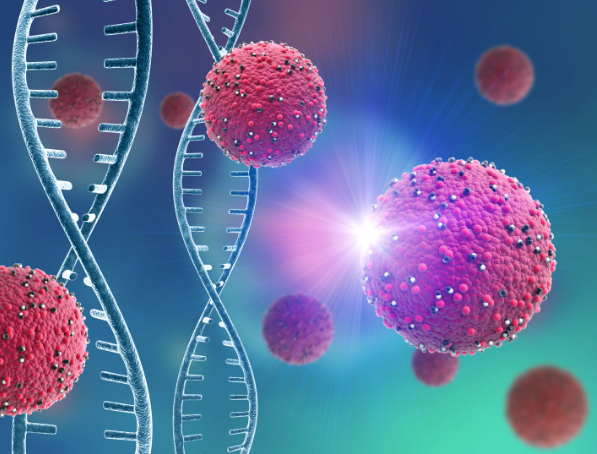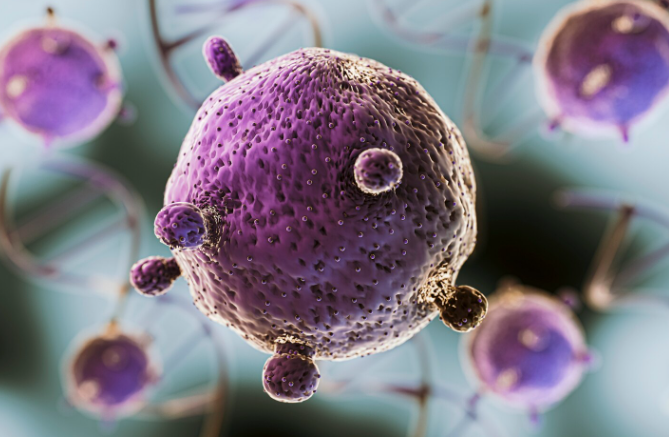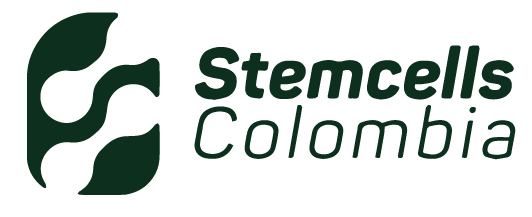Surgery is often a necessary step toward better health, but the recovery process can be long and uncomfortable. Healing tissues, reducing inflammation, and preventing complications are just as important as the procedure itself. In this context, stem cell therapy has emerged as an innovative tool that supports the body’s natural ability to repair itself, offering patients faster recovery and improved outcomes after surgical interventions.
Why recovery can be challenging
After surgery, the body faces multiple tasks at once. It must close wounds, regenerate tissue, fight inflammation, and prevent infections. In some cases—especially for patients with chronic conditions or reduced circulation—healing can be slow and painful. This delay not only affects physical comfort but also impacts emotional wellbeing and quality of life.
Stem cell therapy provides additional biological support by enhancing the body’s own regenerative mechanisms.
How stem cells support healing
Stem cells are unique because they can transform into different types of cells, such as muscle, cartilage, or skin. When applied after surgery, they play several roles:
- Stimulating tissue repair: stem cells promote the growth of new, healthy cells in areas that have been damaged.
- Reducing inflammation: they help modulate the immune response, which is crucial to avoid prolonged swelling and pain.
- Improving circulation: stem cells encourage the formation of new blood vessels, ensuring oxygen and nutrients reach the healing tissues.
- Preventing scarring: by regulating collagen production, they contribute to smoother and more effective tissue repair.
Post-surgical applications
Stem cell therapy can be considered after many types of surgeries:
- Orthopedic surgery: joint replacements, fractures, or ligament repairs.
- Plastic or reconstructive surgery: enhancing recovery, reducing scarring, and improving results.
- Cardiac or vascular procedures: supporting the repair of blood vessels and heart tissue.
- Abdominal or gynecological surgery: reducing inflammation and strengthening tissue regeneration.
In our previous articles about stem cell therapy for chronic conditions, we explained how regeneration helps damaged tissue. Post-surgical recovery works on the same principle: enhancing natural repair, but at a time when the body needs it most.
What patients can expect
A typical session of stem cell therapy is minimally invasive and performed in a medical setting. Stem cells are usually derived from the patient’s own body (autologous therapy), often from bone marrow or fat tissue. These cells are then processed and applied to the area that requires support.
The treatment itself is safe, and recovery is quick. Patients may feel mild soreness at the site where the cells are collected, but this usually fades in a few days. The results develop gradually, as the cells work to repair and strengthen tissue over weeks and months.
Combining therapies for better results
Stem cell therapy is most effective when combined with traditional post-surgical care. Physical therapy, proper nutrition, and adequate rest remain essential. However, by integrating regenerative medicine, patients often see faster progress, less pain, and reduced reliance on medication.
A safer path to recovery
Beyond physical healing, stem cell therapy can provide peace of mind. Knowing that the body is receiving additional support often reduces stress and anxiety, which are common after surgery. This holistic benefit—physical, emotional, and functional—makes regenerative medicine a valuable ally for recovery.
At Dr. Diego Hernández’s medical center, we design personalized stem cell therapy protocols to support post-surgical recovery. Our goal is to help patients heal faster, reduce complications, and regain their quality of life with confidence. To learn more or to schedule your consultation, contact us at +57 311 797 0832 or write to info@drdiegohernandez.com.co. Discover how regenerative medicine can turn recovery into a smoother, more effective journey.




